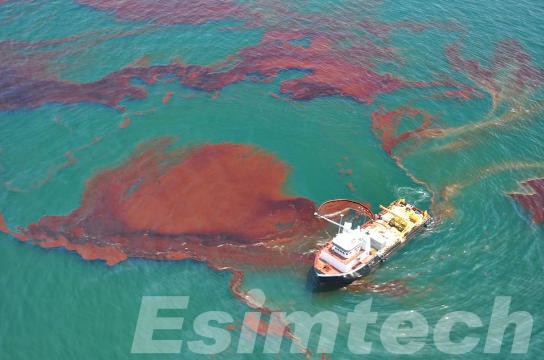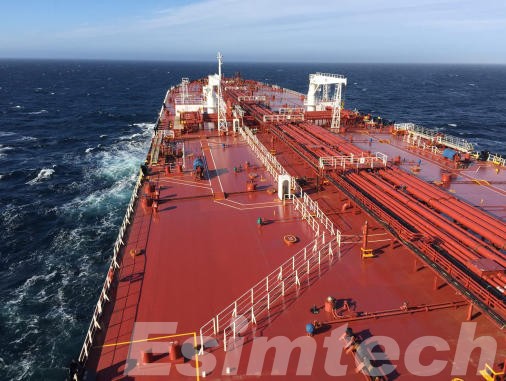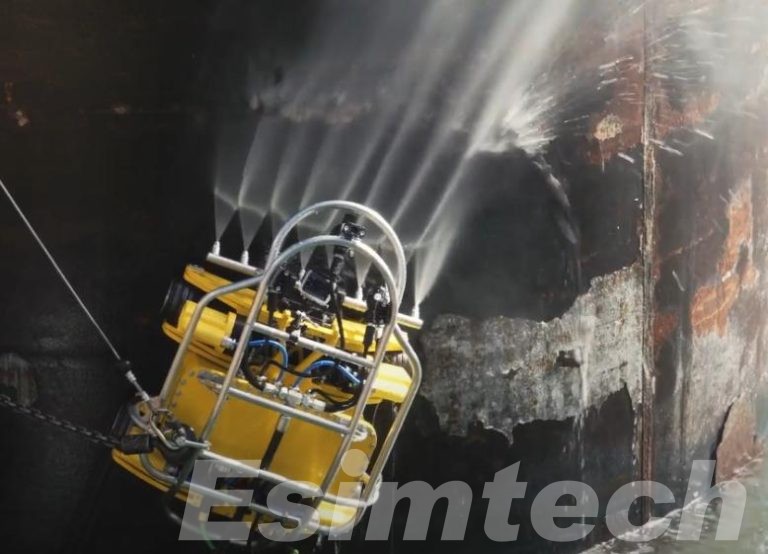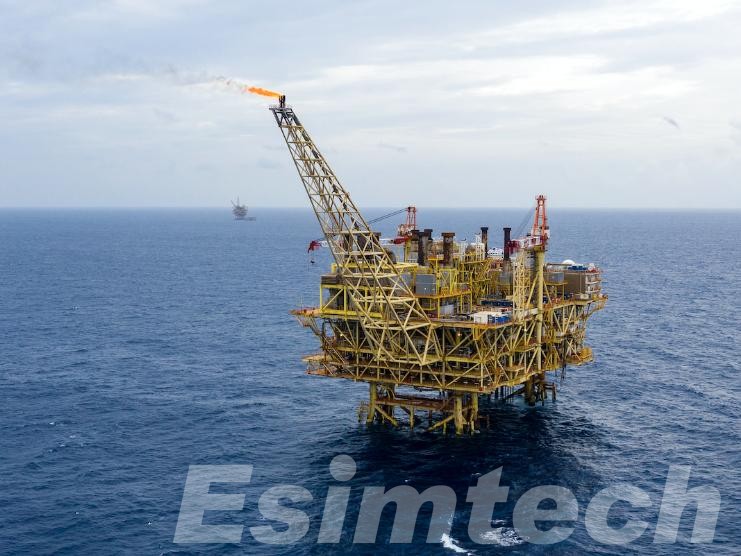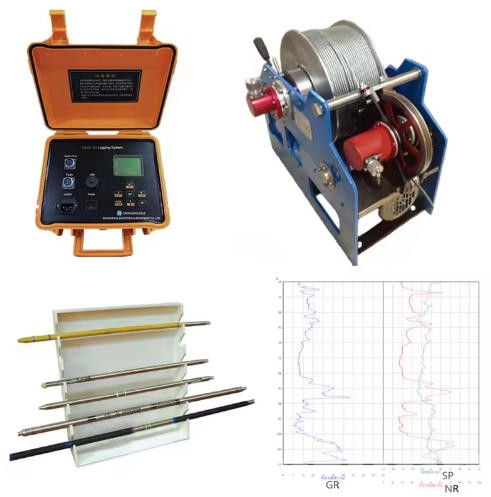Effective Strategies for Oil Spill Response and Mitigation
One environmental hazard which is heavily associated with the extraction, transportation, and use of petroleum products is oil spills. The adverse impact of oil spills ranges from offshore and on land. Devastation on the local communities, wildlife and impacts on the marine ecosystems is heavily documented. For this reason, effective oil spill response and mitigation strategies…

